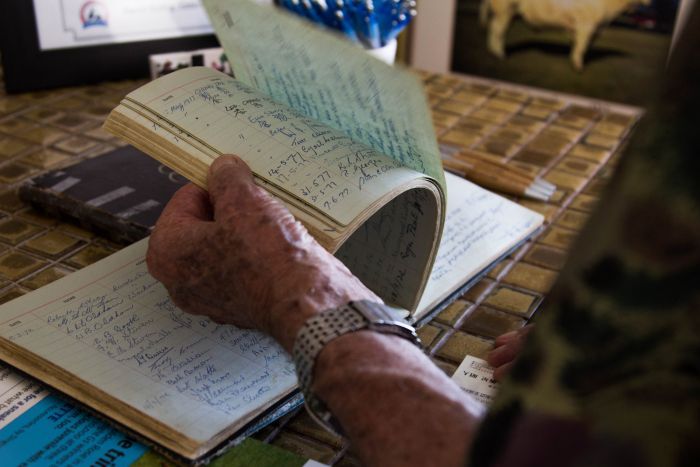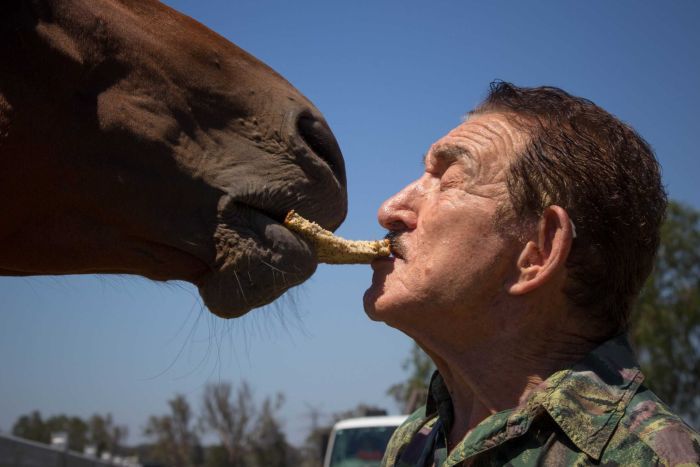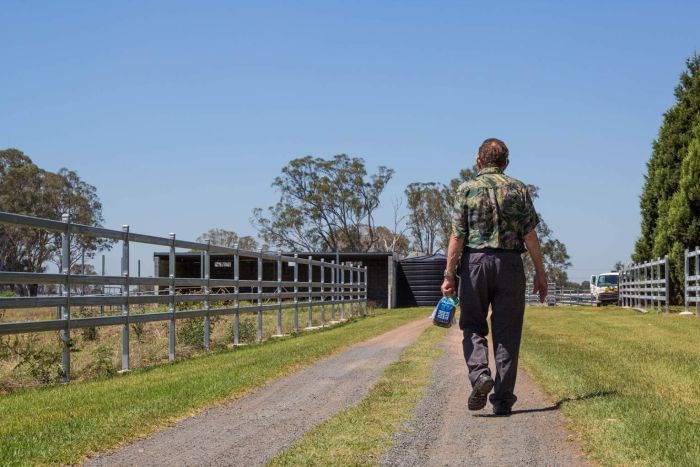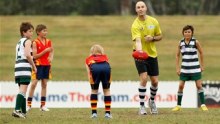From enemy POW to OAM: Rick Pisaturo's remarkable migrant story
Updated
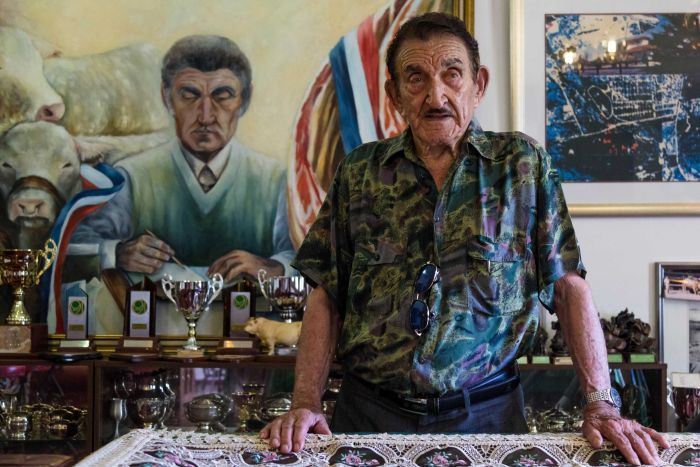 Photo:
Rick Pisaturo started life in southern Italy and became an Order of Australia medallist. (ABC RN: Tiger Webb)
Photo:
Rick Pisaturo started life in southern Italy and became an Order of Australia medallist. (ABC RN: Tiger Webb)
Rick Pisaturo's story begins on the battlefields of North Africa in World War II, where he was captured as a prisoner of war.
It ends in Sydney, where he is a real estate mogul turned high-end cattle breeder.
As a young man growing up in a small village not far from Naples, Rick was impatient to get on with life.
He signed up early for national service with the Italian military to get it over and done with before getting on with making his mark.
Unfortunately for Rick, Mussolini declared war against Britain and France and suddenly he was fighting as part of the fascist army in the North African campaign against allied forces during WWII.
"We were not even taught how to fire a rifle. It was pathetic."
The lack of food and water was a constant source of anxiety for desert troops.
The officers showered every day, while the soldiers were rationed a single cup of water.
Sometimes for food, they resorted to eating flesh from camels that had been blown up by landmines.
Rick says the best moment of the war for him was being captured by British and Australian forces. With a few thousand other Italian soldiers, he was sent to Australia as a prisoner of war.
It was during his time as a POW that Rick's love affair with Australia began.
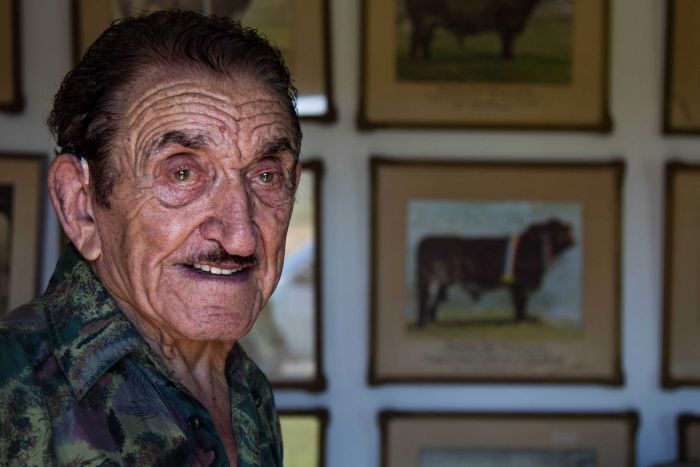 Photo:
Rick says he has had a deep affinity with Australia since he first arrived as a POW. (ABC RN: Tiger Webb)
Photo:
Rick says he has had a deep affinity with Australia since he first arrived as a POW. (ABC RN: Tiger Webb)
During the war, with so many workers away fighting, there was a labour shortage in Australia.
The shortfall was made up by POWs from Germany, Italy and Japan who were held in camps here.
They built roads, worked in agriculture and forestry. Rick was sent to a farm in Sutton Forest, in the New South Wales southern highlands, where he worked for 18 months.
Each day he grew fonder of the Australian bush and his employers, Mr and Mrs Badgery.
Rick was aged 21 when the war ended.
As the Australian soldiers returned, the POWs were sent back to the camps to await repatriation.
Rick was in a camp near St Ives, Sydney, and the thought of eventually returning to a decimated Italy after the relative freedom of life on an Australian farm held little appeal.
Dream sequence
Dreams have always been and still are a major part of Rick's life. They've led him to make decisions on investments, friendships, relationships, and in 1946, a horse in the Melbourne Cup.
Rick says he dreamt that a horse called Russia would win. He compelled some prison guards to bet a few shillings for him on the horse and it went on to win.
He then convinced the same guards to buy him civilian clothes with his winnings.
When they asked him why, he told them he was planning to escape. They had underestimated him.
After receiving a hat, a coat and some trousers, Rick, like approximately 300 other prisoners of war from various camps, went on the run.
He made his way to Lismore where he worked on a banana farm and then returned to Sydney where he lived under a false identity.
An amnesty was offered to all outstanding prisoners. If they gave themselves up, they'd receive a free passage home and the right to apply to migrate back to Australia should they want to.
Rick returned to Italy but he hated it.
"The streets were so small; the buildings were dilapidated," he says.
His heart was in Australia, where he thought he could truly grow.
Two years after he'd left, Rick returned to Australia, initially to the Badgerys' farm and then to Sydney where he tried to make a go of it.
He made timber crates during the week and tended gardens on the weekends.
Then he saw an opportunity to make a little extra money on the side, designing and planting a garden for a new hospital at Kogarah.
Working day and night Rick made enough money to buy a small cottage in Marrickville, which he improved and flipped.
"I never looked back after that," he says.
Within a year or two he'd flipped 18 houses, then purchased a Kings Cross apartment block.
With a real estate licence, he was not only buying and selling houses, but building hundreds of homes in Sydney's western suburbs.
Ever since he worked with Mr and Mrs Badgery, he'd wanted to breed pedigree cattle and import European breeds, specifically Charolais and Chianina.
His success in real estate gave him the means to purchase a large plot of land in the western districts of Sydney, where he established Mandalong Stud.
He began importing and breeding. At first other cattle breeders were sceptical, but they too underestimated him.
In just a few short years, Rick was being recognised as a pedigree beef stud cattle breeder.
His collection of trophies, ribbons and awards for cattle breeding fills a large room on his property.
His contribution to the Australian cattle industry was so significant that in 1990, almost 50 years after Rick had first arrived in Australia as a POW, he was awarded the Order of Australia.
Now 96, Rick remains a man of remarkable energy with a boundless zest for life who shows no sign of slowing down, nor looking to the past.
"Whatever you've done, you've already done it. But the future you can change if you don't like it," he says.
Topics: community-and-society, history, world-war-2, rural, livestock, beef-cattle, sydney-2000, italy
First posted



